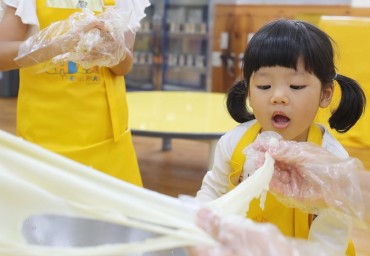
South Koreans in the earlier stages of life are worriers, while those nearing or in their twilight years harbor feelings of dissatisfaction with their lives, according to Statistics Korea’s study on South Korean society in 2017. (Image: Yonhap)
SEOUL, March 23 (Korea Bizwire) — South Koreans in the earlier stages of life are worriers, while those nearing or in their twilight years harbor feelings of dissatisfaction with their lives, according to Statistics Korea’s study on South Korean society in 2017.
In addition, participation in volunteering activities and charitable giving is on a gradual decline, painting a gloomy picture of a cold and uncaring society.
Taken as a whole, South Koreans had a better year in 2017 than in 2016. Measures of life satisfaction and happiness rose by 0.1 points, while the same for worries and depression went down by 0.2 points and 0.1 points, respectively.
At least subjectively, quality of life appears to be improving.
The highs and lows of these qualities were divided by age groups. The 50s and 60s demographic were found to have low levels of life satisfaction and happiness, and the preadolescent through late 20s (10 – 29) and those in their 40s had high rates of feeling depressed or worried.

The 50s and 60s demographic were found to have low levels of life satisfaction and happiness, and the preadolescent through late 20s (10 – 29) and those in their 40s had high rates of feeling depressed or worried. (Image: Yonhap)
Fewer individuals gave back to the community than before, continuing a yearly trend. In 2011, 36.4 percent said they had made a contribution at least once; after the proportion of people who could say the same shrank to 34.6 percent in 2013 and 29.9 percent in 2015, only 26.7 percent said they had donated last year.
The primary reason given for choosing not to donate was “lack of economic means” (57.3 percent).
Though the proportion of people who volunteered also shrunk last year, the average number of times they volunteered and the time spent helping out increased.
Compared to two years ago, pessimism grew regarding the upward social mobility prospects of the young generation.
Only 30.6 percent said the chances of their children’s upward social mobility were “high”, a drop of 0.4 percentage points compared to two years prior.
Those who subjectively judged themselves to be “upper class” were far more likely to believe that upward social mobility was possible both for themselves and for their children.
S.B.W. (sbw266@koreabizwire.com)






